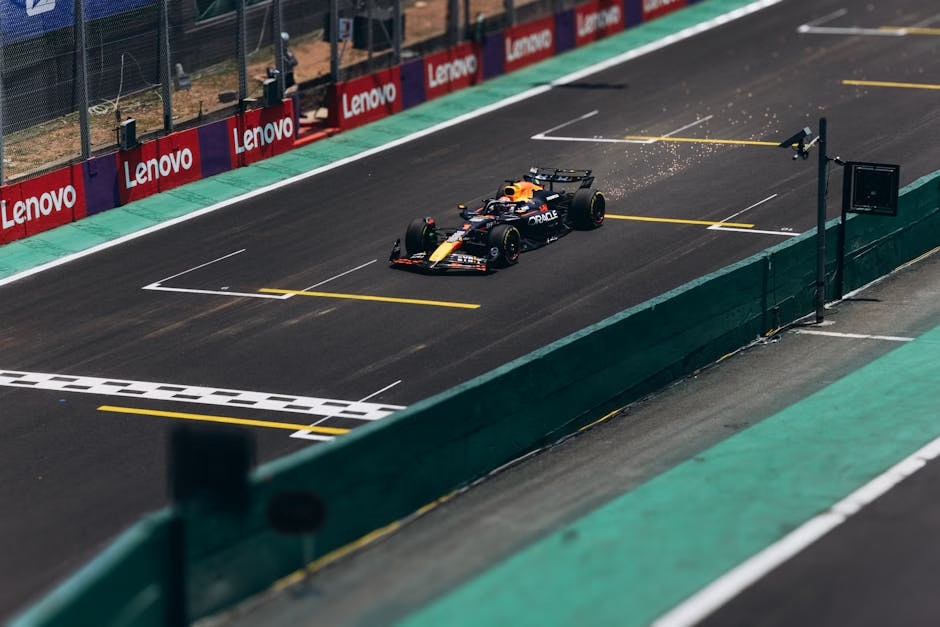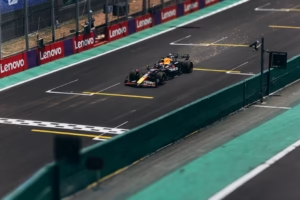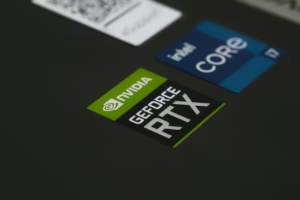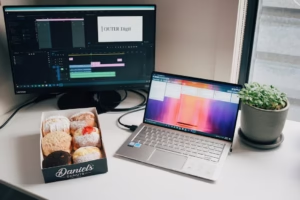Dynamic Cables: Top 5 Share Price Insights for 2024
As someone who has spent years immersed in the intricate world of market analysis and renewable energy infrastructure, I’ve watched countless trends emerge and evolve. One area that consistently grabs my attention for its innovation and critical importance is the realm of subsea cabling, particularly the fascinating space surrounding the dynamic cables industry. It’s a sector that’s not just powering our future but also offering some compelling opportunities and challenges for investors. Today, we&re diving deep into the dynamic cables share price – what drives it, how to analyze it, and what you need to know before you consider making an investment.
The market for dynamic cables is anything but static, reflecting the rapid pace of technological advancement and global energy transitions. Understanding the forces at play here is crucial for anyone looking to navigate the investment landscape successfully.
What Exactly Are dynamic Cables and Why Are They So Important?
dynamic cables are specialized power transmission lines designed to withstand constant movement and stress, primarily used in offshore environments. Unlike traditional static cables, these incredible pieces of engineering are built to endure the harsh, ever-changing conditions of the ocean, connecting floating offshore wind turbines, wave energy converters, and other marine-based installations to the grid or to other platforms. Their importance cannot be overstated in the burgeoning renewable energy sector.
Think about it: a floating wind turbine bobs and sways with the ocean currents and waves. A rigid cable would quickly snap under such stress. That&s where dynamic cables come in.
They feature advanced materials, robust designs, and sophisticated internal structures that allow them to flex, bend, and stretch without compromising power transmission or integrity. This makes them absolutely indispensable for the next generation of offshore renewable energy projects, particularly floating wind farms, which are seen as a key component in reaching ambitious global carbon reduction targets. Without reliable, flexible connections, these innovative energy sources simply couldn&t deliver power effectively to shore.
The increasing investment in offshore wind power directly translates to a surge in demand for these specialized cables.
What Factors Significantly Influence the Share Price of dynamic Cable Manufacturers?
The share price of companies manufacturing dynamic cables is primarily driven by global energy policy, raw material costs, technological advancements, and the overall health of the renewable energy sector. These are not your typical, straightforward manufacturing stocks; they operate at the cutting edge of infrastructure and technology, making them susceptible to a unique set of influences.
-
Global Offshore Wind Development: This is perhaps the single biggest driver. As more countries commit to offshore wind targets, and as floating wind technology matures, demand for dynamic cables skyrockets. Any policy shifts, project delays, or accelerations in this sector directly impact investor sentiment and, consequently, share prices.
-
Raw Material Costs: These cables are complex, utilizing specialized materials like copper, aluminum, and various polymers for insulation and protection. Fluctuations in commodity prices can significantly affect manufacturing costs and profit margins, which in turn influences the company&s share value. Keeping an eye on global commodity markets is essential.
-
Technological Innovation and R&D: The industry is constantly evolving. Companies that invest heavily in research and development to create more efficient, durable, or cost-effective dynamic cable solutions often gain a competitive edge. Breakthroughs or patent approvals can provide a substantial boost to their stock.
-
Competition and Market Share: While a niche market, competition exists. Companies that secure large contracts, expand their manufacturing capacity, or innovate faster than rivals will likely see positive movements in their share price. Conversely, losing bids or market share can have a detrimental effect.
-
Geopolitical and Economic Stability: Large-scale infrastructure projects are sensitive to political stability and economic conditions. Trade tariffs, international disputes, or economic downturns can delay projects, increase costs, and dampen investor enthusiasm for companies operating in this capital-intensive sector.
How Can Investors Analyze the dynamic Cable Market and Potential Stocks?
Analyzing the dynamic cable market requires a blend of traditional financial analysis with a keen understanding of the renewable energy sector&s specific nuances. It’s not enough to just look at a company’s balance sheet; you need to grasp the broader industry currents.
Industry Outlook and Forecasts: Start by understanding the projected growth of offshore wind and other marine renewables. Reports from organizations like the International Energy Agency (IEA) or specialized energy consultancies (IEA.org is a great resource) provide invaluable insights into future demand for dynamic cables.
Company-Specific Fundamentals: Dive into the financial statements of leading manufacturers. Look at revenue growth, profit margins, debt levels, and cash flow. Are they consistently profitable? Do they have a healthy order book? Companies like Prysmian Group, Nexans, and NKT are major players in the broader cable market, with significant investments in dynamic solutions.
Research and Development (R&D) Spending: As mentioned, innovation is key. Check how much a company is investing in R&D. Is it proportional to their revenue? Are they announcing new technologies or partnerships that could give them an edge?
Geographic Exposure and Project Pipeline: Where are the company&s projects located? Are they diversified across stable markets? A strong pipeline of secured contracts is a very positive indicator for future revenue and stability.
Management Team and Strategic Vision: Evaluate the leadership. Do they have a clear strategy for growth in the dynamic cable sector? Do they have a track record of successful project execution and innovation?
Shop Related Products on eBay
Find the best deals on these recommended products:
… (Content truncated for length) …
About the Author:
Poly Kaza is a seasoned technology journalist and wearable tech enthusiast with over a decade of experience reviewing and analyzing the latest innovations in smart devices. He has a deep understanding of the underlying technologies that power smartwatches and a passion for helping consumers make informed decisions about their digital companions. His work focuses on bridging the gap between complex technical specifications and practical user experience, with a keen eye on how wearables impact daily life and health.













1 comment